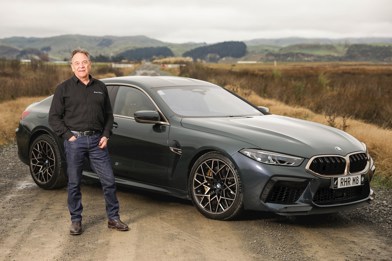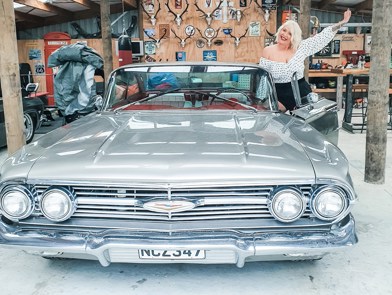Once upon a time, hybrids were easily distinguishable from afar, thanks to a rather bizarre design language that felt like it was trying a little too hard to be different. These days, things have calmed down somewhat, with hybrid systems being present across a good portion of high-end vehicles, all while the exteriors have remained unchanged.
Mercedes-Benz’s new A 250 e is a perfect example of this. It shows that brands don’t have to re-invent the wheel to make a good hybrid, instead, just make sure that a battery will fit within the parameters of the circumference.
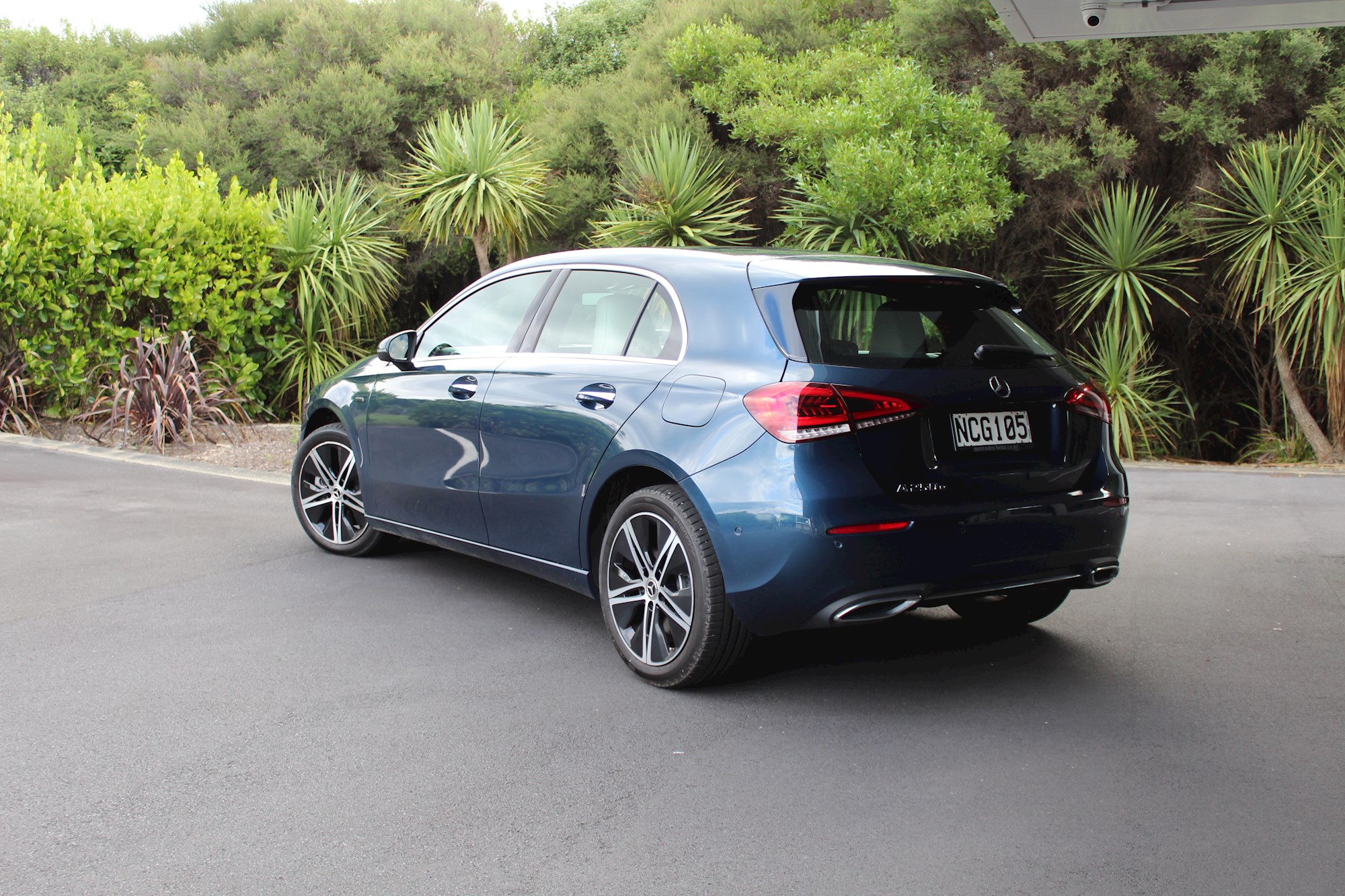
On the outside, Mercedes’ little Plug-in Hybrid Electric Vehicle (PHEV) is a picture-perfect match of electric and petrol. The fact that it even has a battery is only distinguishable by the tiny “EQ Power” badges on the front guards, and the two refilling hatches on either side. Step into the A 250 e’s hot seat, and this transition isn’t as smooth.
At $73,100, the A 250 e isn’t the cheapest in Mercedes-Benz’s hatch range, but it is the cheapest plug-in hybrid in the EQ range. For this price point, and due to the tri-spoked badge it’s wearing, you’d expect it to be one of the best PHEVs on the market, but unfortunately, it’s a little rough around the (metaphorical) edges.
On paper, the A 250 e is everything you’d expect a high-end PHEV hatch to be. Its 1.3-litre turbocharged engine is good for 118kW/250Nm, and the electric motor it works with makes 75kW and 300Nm. The electric side of this power train gets its juice from a 15.6kWh lithium-ion battery that’s nestled below the boot. Unlike the regular petrol-powered 250 hatch, the e misses out on a 4Matic all-wheel drive system, meaning that power is sent exclusively to the front wheels through an eight-speed automatic transmission.
As the e is already weighed down by a battery at the rear, we can understand Mercedes’ decision not to give it an all-wheel drive system, but the impressive amount of torque seems to overpower the tyres with little effort. This is especially noticeable in the wet, where the traction control system will battle both power sources, frantically grasping at traction. This also leads to my next irk with the hybrid system, where the switch between electric and petrol power is rather harsh, and something you wouldn’t expect to experience in a hybrid of this pedigree. Lastly, the regenerative braking system in this car is one of the most awkward of its type, as the pedal seemingly won’t engage the actual brakes until it is depressed significantly.
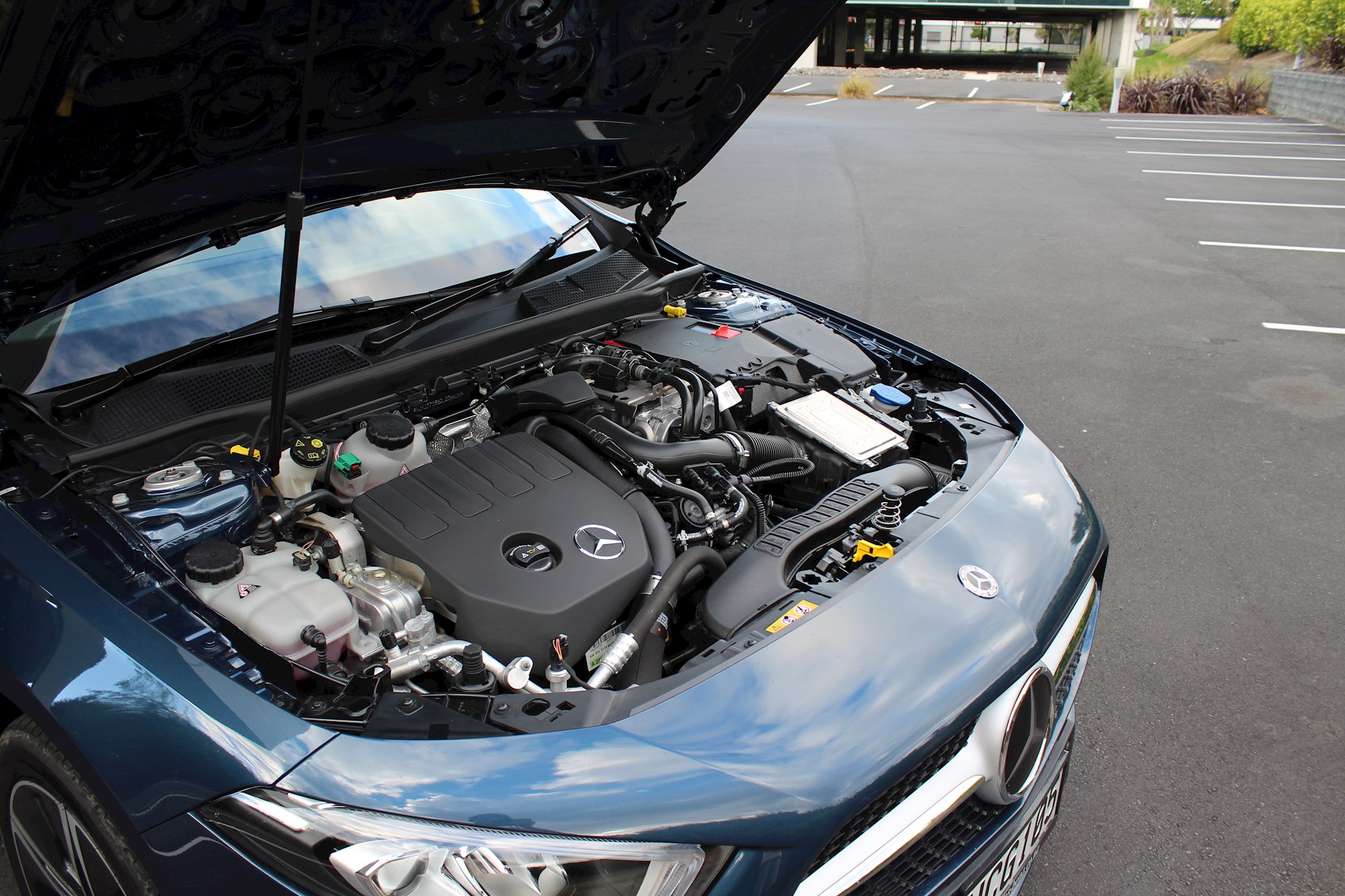
Power train irks aside, I grew to be quite fond of the chassis throughout my time with the e. Sure, the extra weight at the rear can be felt when pushing the limits, but it’s still responsive, and as long as you’ve got some momentum, the whoosh of torque from the electric motor will pull the hatch out of a corner with vigor.
Most issues I had with the A 250 e can be avoided by using it in electric mode. As long as you’re just pottering around town, and keep the charge level topped-up at home, you’ll have no issue avoiding fossil fuels.
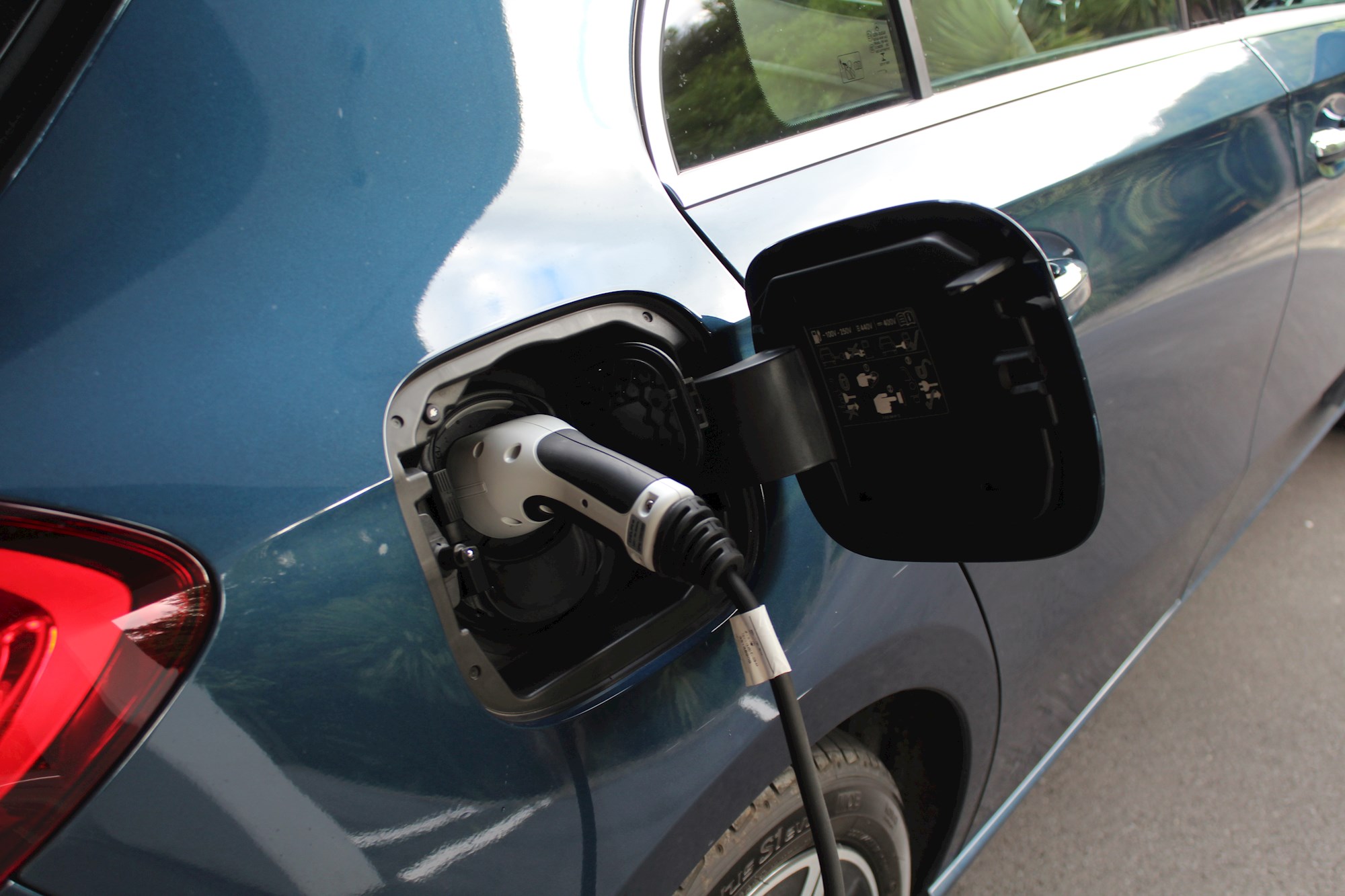
The 15.5kWh battery is capable of 68km of pure electric range on a full charge, and while this figure gets closer to 50km in the real world, it’s still enough to get those errands done. A $1990 DC fast charging package is also available, which I found super handy, but unless you’re local to a free charger, it doesn’t make much financial sense.
As for the interior, the A class never had much room to begin with in the second row, so it’s a blessing that the addition of a battery didn’t impact on this. Instead, the battery reduces luggage space in the rear by 45 litres, meaning that it’s left with 310 litres.
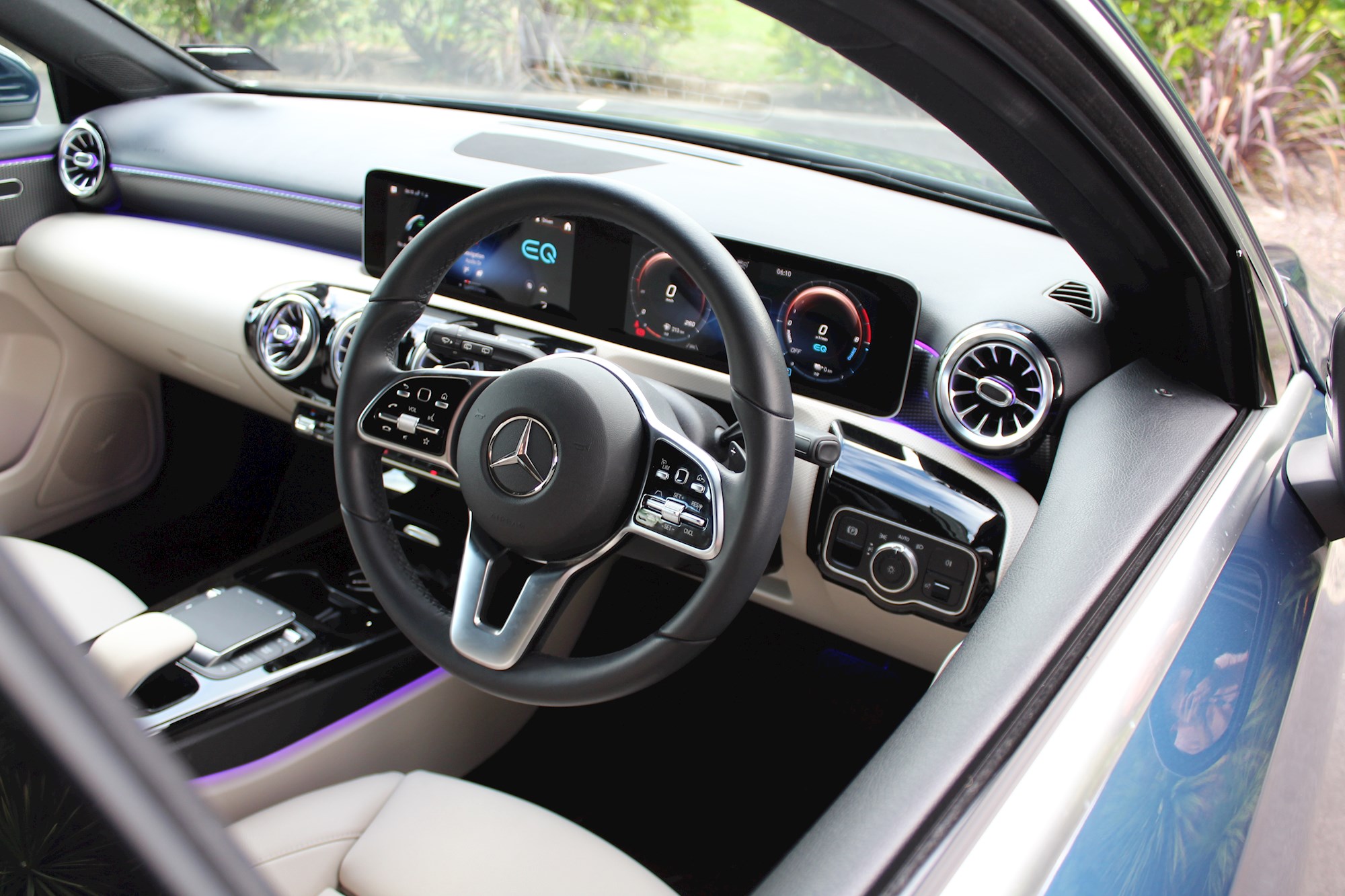
The cabin is exactly what you’d expect from any other modern Merc. It gets the MBUX system with the dual screens and “Hey Mercedes” functionality. As always, this voice assistance system is one of the best that’s currently offered, but still manages to confuse itself with a Kiwi accent, leading to the use of old-fashioned buttons for the majority of commands.
On a comparison front, the A 250 e doesn’t really have any direct rivals of its size. If you’re considering it, you should probably look at the BMW 225xe Active Tourer and the Mini Countryman S E priced at $71,100 and $59,990 respectively. But both fill an awkward middle ground between a hatch and an SUV, so going for Volvo’s XC40 T5 R-Design Recharge at $84,900 would be the best way to go big. On paper, the $73,100 A 250 e would be the best choice of that bunch with its big electric range, but Mercedes will have to iron out those issues before it gets the title in the real world.











